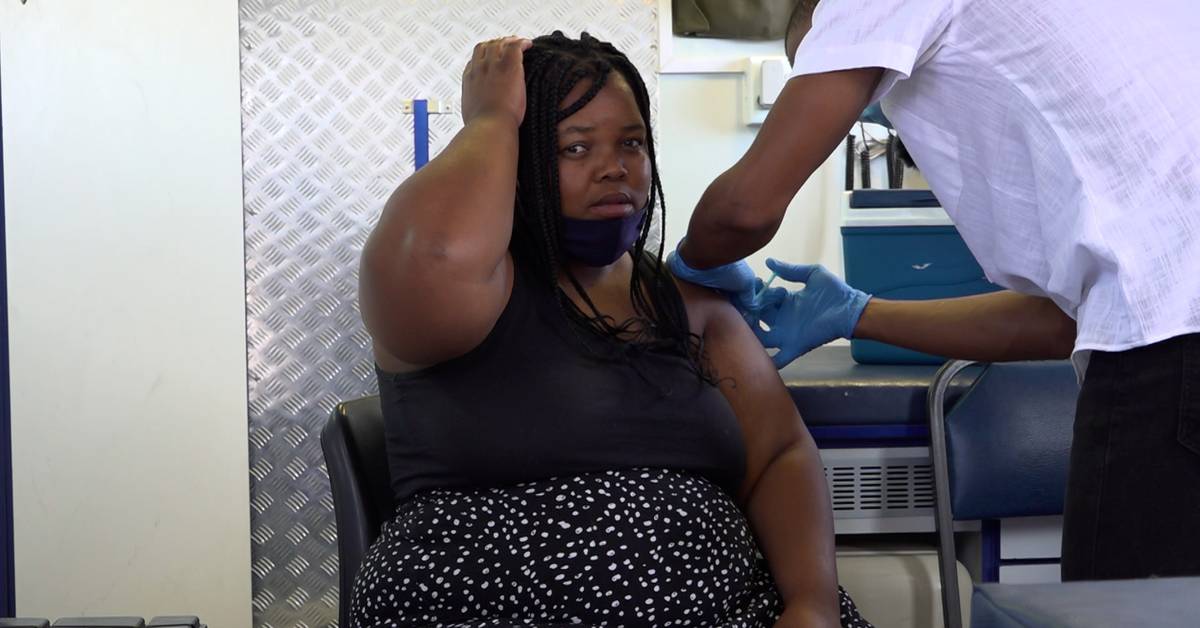Last year, rich countries seized most of the vaccines and did not share them with poor nations through the Covax vaccination program.
Instead of the planned two billion doses to low-income countries, it was almost half.
- It has been very frustrating for us who work with Covax not to have more to distribute and that it has come in such small quantities and in such an unpredictable schedule, says Anna Mia Ekström, professor of global infectious diseases at Karolinska Institutet and member of Covax's expert council.
New mutations among unvaccinated
During the late autumn, the new variant omicron emerged in southern Africa, probably in a person with a weakened immune system.
The omicron variant could then easily spread among all unvaccinated and further across the world.
- While here in Uganda they have been waiting over a year to get their first dose, they hear that we get booster doses in Europe.
At the same time, they have lived under extreme lockdown to reduce infection.
The school has been closed for two years, which has hit the children incredibly hard, states Anna Mia Ekström.
Now that most people in rich countries have taken their third injection, there is enough vaccine to vaccinate at least 70 percent in all countries by September 2022, which is the World Health Organization's goal.
But in low-income countries, the figure is now 14 percent, so a huge effort is required.
Missing freezers and medical staff
There are many obstacles to achieving the goal.
There must be unbroken freezing chains to handle the deliveries of the new mRNA vaccines from Pfizer-Biontech and Moderna.
But freezers are lacking in rural areas in many low-income countries.
In addition, there is a shortage of healthcare staff and those who are available must have the skills to handle several different types of vaccine.
For example, vaccines from Johnson & Johnson and Chinese Sinopharm have different requirements and different intervals between doses.
The Covax vaccine program also lacks the money to be able to vaccinate the whole world.
On April 8, the vaccine alliance GAVI will try to raise SEK 50 billion at a donor conference in order to continue the job.
Myths about the vaccine spread
Another problem is that many myths have spread in 2021. Authorities in the low-income countries would not have had time to launch their information campaigns because there were so few covid vaccinations to give the population.
Now that vaccines are available, misconceptions have spread among people that make it difficult to get them to come.
- There are quite common misconceptions and fears that the vaccine will lead to infertility and other side effects thanks to the fact that a lot of myths have spread over the past year on social media, says Anna Mia Ekström.
See more in The World of Science "How to stop the next pandemic" 20/3 in SVTplay and 21/3 at 20.00 in SVT2.

